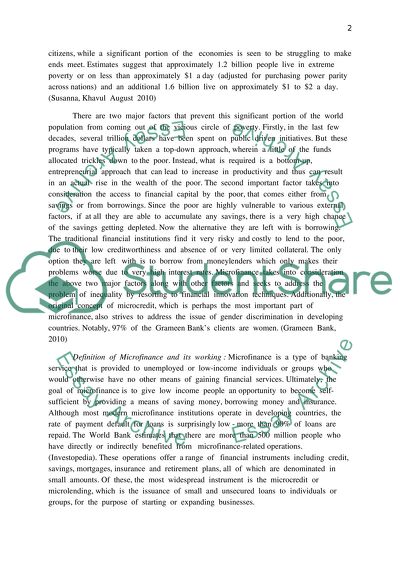Cite this document
(“The Paradox of Wealth and Poverty Research Paper”, n.d.)
The Paradox of Wealth and Poverty Research Paper. Retrieved from https://studentshare.org/miscellaneous/1573429-the-paradox-of-wealth-and-poverty
The Paradox of Wealth and Poverty Research Paper. Retrieved from https://studentshare.org/miscellaneous/1573429-the-paradox-of-wealth-and-poverty
(The Paradox of Wealth and Poverty Research Paper)
The Paradox of Wealth and Poverty Research Paper. https://studentshare.org/miscellaneous/1573429-the-paradox-of-wealth-and-poverty.
The Paradox of Wealth and Poverty Research Paper. https://studentshare.org/miscellaneous/1573429-the-paradox-of-wealth-and-poverty.
“The Paradox of Wealth and Poverty Research Paper”, n.d. https://studentshare.org/miscellaneous/1573429-the-paradox-of-wealth-and-poverty.


